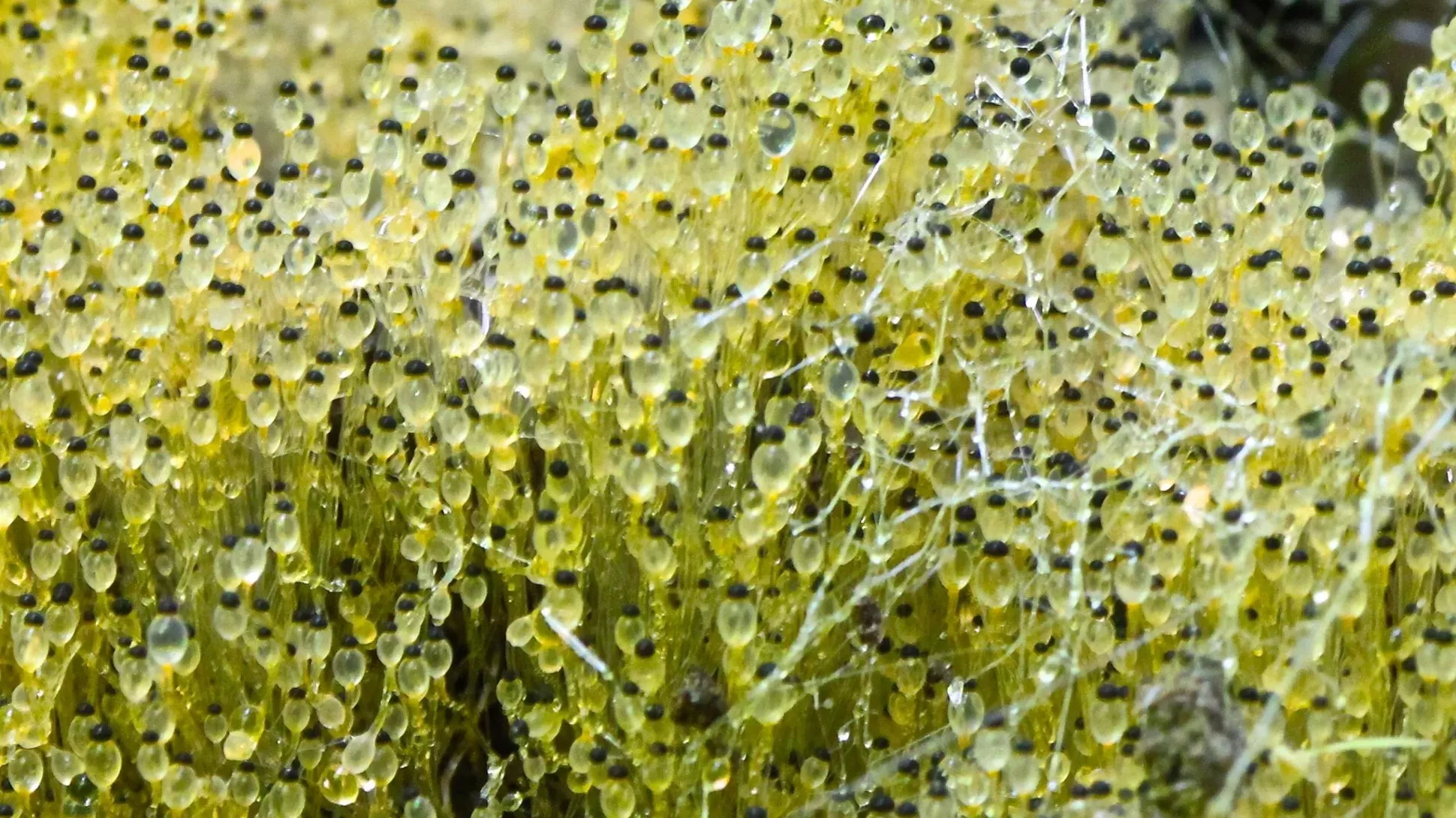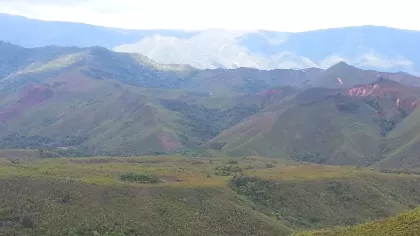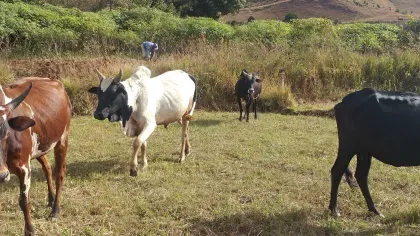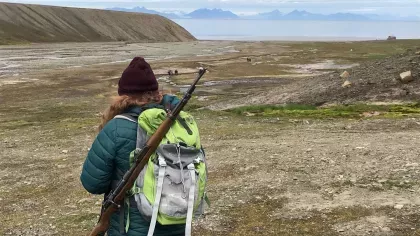23 November 2022
Climbing Madagascar’s highest mountain II
A second attempt to survey vegetation atop Madagascar's highest peak yields new discoveries and adventure.

Madagascar’s highest mountain
In the north of Madagascar, Maromokotro stands at 2,876 metres and is the highest mountain peak in the country. The vegetation of the Tsaratanana massif surrounding it is rich in endemic species (species found wild nowhere else on Earth), but still poorly explored because of the difficulty of access.
The remoteness of tropical mountains like Maromokotro means they’re often preserved from direct human impact, but they remain particularly threatened by climate change, emphasising our need to understand them.
In 2017, a team of Kew botanists and collaborators had started to explore Tsaratanana Integral Reserve but had to abandon half-way to the summit area. This year, we made another attempt to climb Maromokotro. We were a team of four Kew botanists supported by driver Tatamo and technician Paul from the National Herbarium.
Setting off
Car travel from the capital Antananarivo to the village of Mangindrano took us four days. There, we hired a team of 17 porters and guides and bought almost 170 kilos of rice to feed us over the next few days. We started hiking and collecting outside the protected area boundary, in a secondary, weedy thicket which nevertheless held some interesting finds such as Aloë and Kalanchoë succulents.

Our goal was twofold: Dr Franck Rakotonasolo and Andry Rakotoarisoa undertook a general botanic survey of the area, while Dr Jan Hackel and MSc student Diana Rabeharison were interested in the grass family, Poaceae, especially in the high-altitude grassland around the summit.
It took us five days to walk from Mangindrano, at about 1000m elevation, to the summit, across several ridges covered in forest. Collecting plant specimens along the way took a while, and at times we were slowed down by a dense bamboo thicket. Endemic bamboo (an Oldeania species) is everywhere between 2000 and 2500m elevation, and we were lucky to find some specimens in flower – a rare occurrence. On some exposed ridges, we walked through low cloud forest dominated by heath trees (Erica) and covered in epiphytic plants and lichen.

Maromokotro, like many areas in Madagascar, has traditional rules which we had to follow. We made offerings of spirit and honey at every camp, and a white chicken had to travel with us to the summit. Andry and Tatamo had a moment of alarm one night when a fossa, Madagascar’s cat-like endemic carnivore, tried to snatch our chicken from their tent.
Reaching the summit
From the last camp at about 2500m, we set off to reach the summit. The area above treeline is dominated by a single, most likely endemic, grass species (Merxmuellera sp.) and rich in other endemic plants. We made it to the summit after a strenuous walk off-path and had to say goodbye to our chicken there. In the afternoon, clouds came in and obscured the view on the way back, but our guides led us back safely. It is said that strange things may happen up here, but if they do, you’re supposed to act naturally as if you hadn’t seen anything...

Recording an endemic mountain flora
We altogether spent ten days walking and collecting over 350 plant specimens, which will be deposited at the National Herbarium, with duplicates sent to Kew. These specimens are invaluable records of the area’s flora. Some of our most exciting finds include two wild coffee species (Coffea) likely new to the area, an intriguing new species of parasitic plant, and several species of Oplismenus, a difficult forest grass genus containing numerous endemics in Madagascar.
We also collected leaf samples for DNA sequencing, which will allow scientists to study the evolutionary relationships between species, and seeds of some species for conservation in the Millennium Seed Bank. In the summit grassland, we documented the vegetation with a standardised plot method – a way of carefully surveying a large area – which will contribute to a global effort to understand the structure of grasslands.

Documenting the vegetation we find here helps us understand just how this ecosystem may evolve in the future and how we’ll need to protect it, and others like it, from the challenges that lie ahead. It was an incredible experience for us as botanists to work in this unique, remote mountain range of Madagascar.
Acknowledgements
This field trip was funded by the Bentham-Moxon Trust and the Today’s Flora for Tomorrow project. We thank Madagascar National Parks for research permits and organising guides and porters. The national herbarium at Parc Botanique et Zoologique de Tsimbazaza is a long-time partner for Kew and preserves plant specimens collected on this and other field trips. We also thank the 18 porters and guides who supported us.







